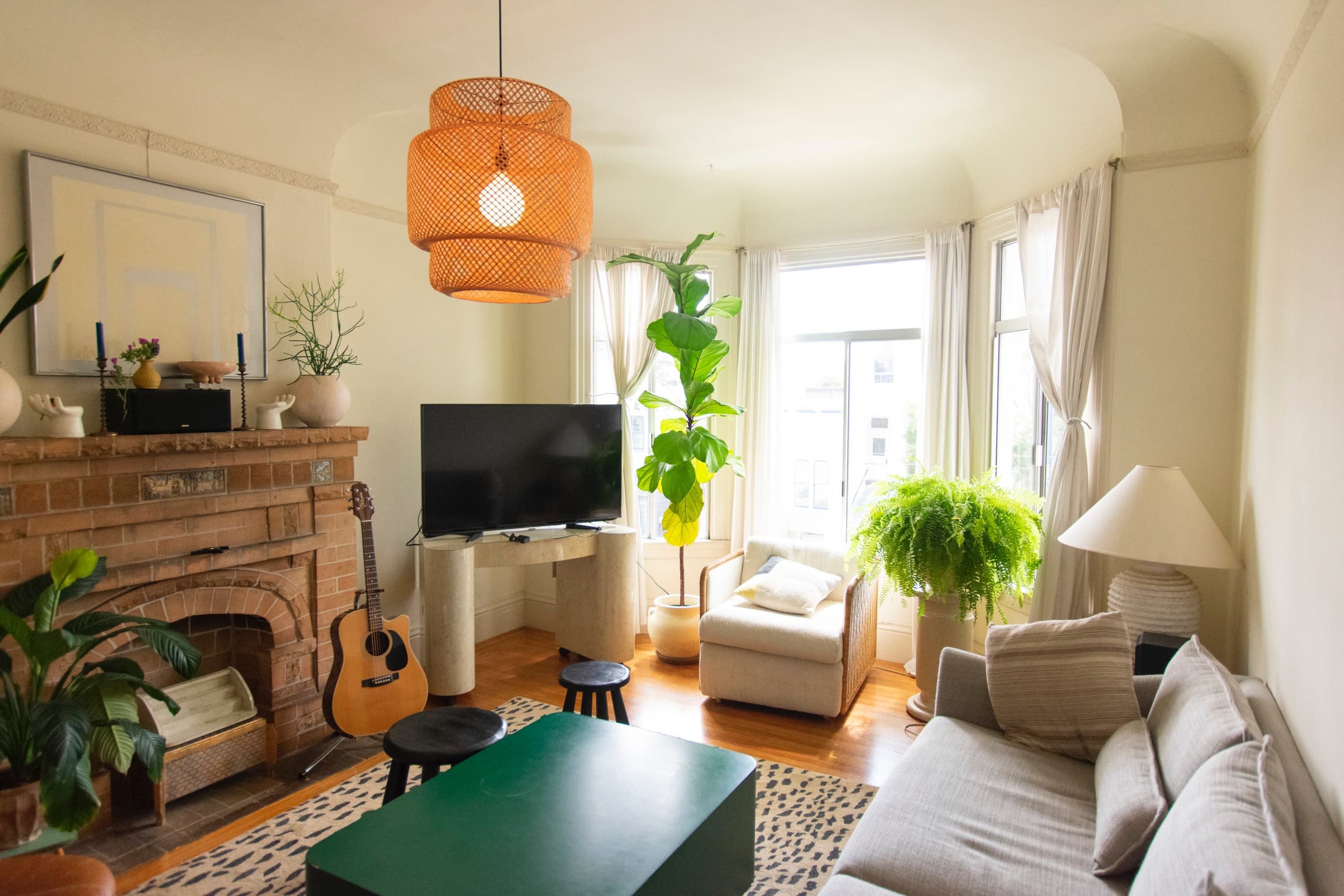When it comes to real estate, location is everything as the old saying goes. While neighborhood amenities like shops, restaurants and good schools are important, so is public transportation. Of course, in suburban and rural areas, this may not be available or relevant, but in urban areas, buyers seem to be willing to pay a premium for proximity to transit. So what should you know about proximity to transportation and how it affects property values?
Transit Is Good—With Exceptions
While generally people do enjoy easy and walkable access to public transportation, there are limitations and exceptions to this. For example, it’s more likely to increase property values in some cities than others. In cities like New York, Boston, and Washington D.C., property values do often seem to go up with proximity to public transport, but in Atlanta, if a higher-income area is near a rail station it can actually show declines in property values. In Miami, which is home to the MetroRail, there is no apparent property value increase associated with proximity. Additionally, while living close enough to a station to walk can be good for property values, living too close can have the opposite effect. Other variables that may impact the effects of transit on nearby property values include:- The most significant impact on value tends to be when a property is around one-quarter to a half-mile from a station, which is generally considered walking distance.
- If a station or rail line offers more access to better employment opportunities, then it also tends to have a great effect on property values.
- Even buyers who prefer transit proximity may not want to be able to hear or see it.


